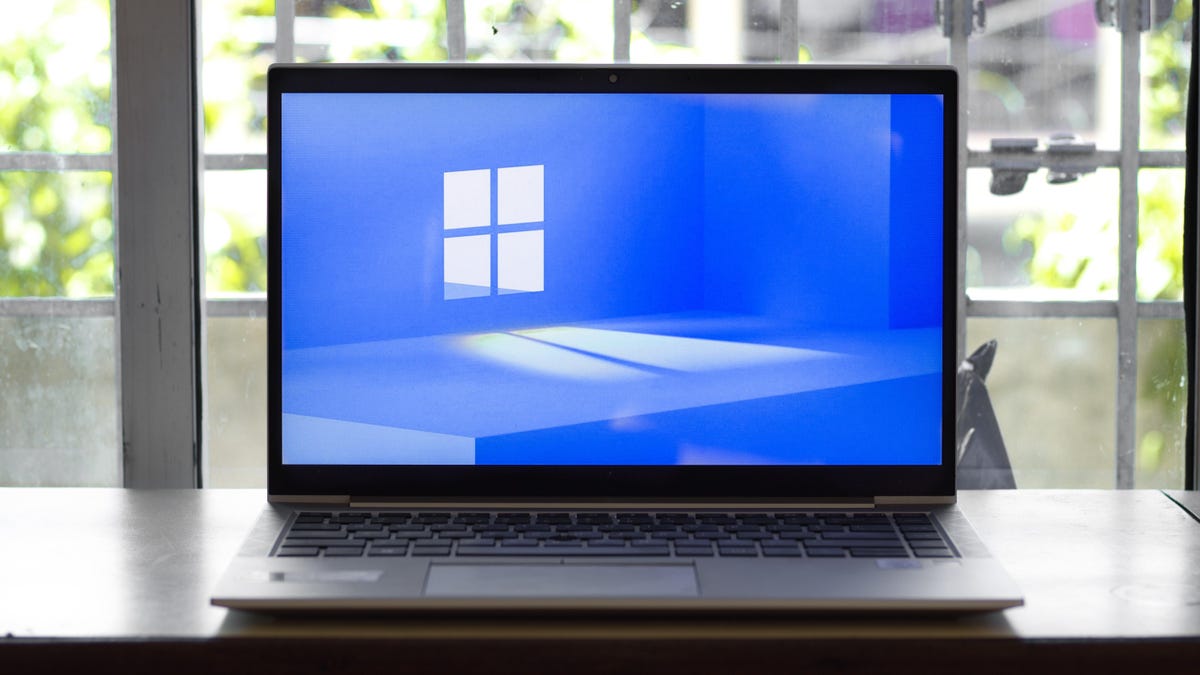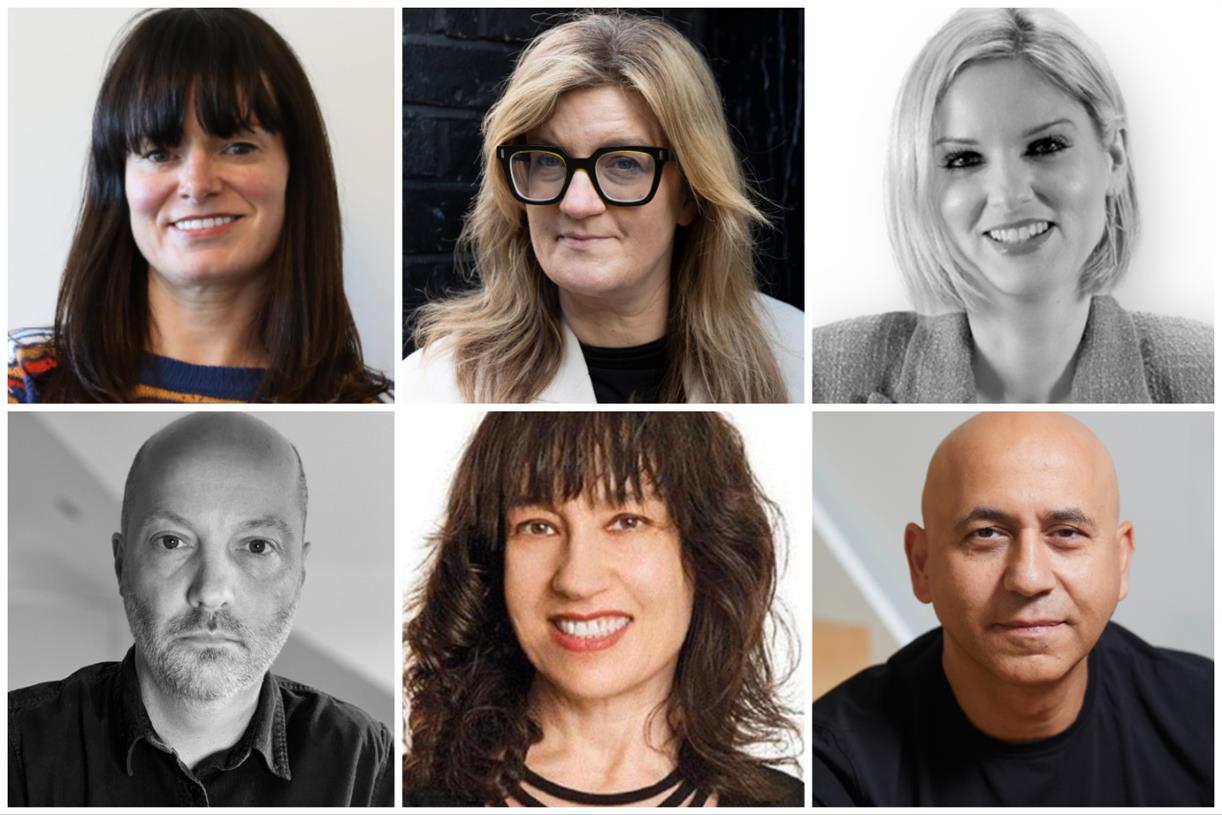Use 'Dual Coding' to Study Twice As Effectively
When you learn and use a studying method, you’re making it easier for your brain to synthesize new information. Great! Now think of how much more you could learn and retain if you could double up on the methods...


Photo: mangpor2004 (Shutterstock)
When you learn and use a studying method, you’re making it easier for your brain to synthesize new information. Great! Now think of how much more you could learn and retain if you could double up on the methods you’re using. You can do that. It’s called “dual coding” and it’s a popular teaching and studying technique that’s proven to help you retain more of what you’re learning.
Study twice as hard
The dual-coding theory was first conceptualized by a professor named Allan Paivio in 1971. He hypothesized that the mind can process new information verbally and visually, either one at a time or simultaneously. If processing both together, the mind will process more. There’s been a lot of research on the theory since Paivio came up with it; researchers have found that item recall does increase when you use two methods of processing at once.
How to dual code when studying
All of this sounds very science-y and theoretical, but dual coding is actually pretty easy to do in practice. All you’re really trying to do is combine verbal and visual materials when you study. Try these approaches:
While listening to a recorded lecture, draw doodles representing what you’re hearing.After finishing a section or chapter in your book, draw a mind map explaining what you just read (or use the mapping technique to take notes in class).As you read your notes or book, create a timeline of relevant events on a separate sheet of paper.The best visual aids are timelines, mind maps, diagrams, and drawings, so use whichever one works for you and the subject you’re studying. One way to really pack a punch with dual coding is by also incorporating blurting, a process wherein you read your material as usual and then write down everything you can remember about it without looking. Try blurting with visuals instead of written explanations, creating a timeline or diagram from memory before checking your recall against your notes or text. Just make sure you leave spaces in your visuals so you can easily fill in anything you forgot during the blurt.

 Koichiko
Koichiko 































